Description
Biochar is charcoal that is made from renewable carbon-based resources (i.e. biomass) like crops, wood, yard waste, and manure. This biomass is burned at high temperatures in an anerobic environment to create the charcoal. Biochar has proven to be an extremely beneficial amendment for plant and soil health. Biochar also plays a part in mitigating climate change (see below).
Many of the benefits of Biochar come from its structure. Biochar has a large surface area, a porous structure, and a low density. This configuration is hospitable to beneficial bacteria and fungal growth, which plants require for nutrient absorption from the soil. Additionally, the structure aids in water retention. Since Biochar is porous and has a low density the substance acts like a sponge in the soil and sucks up water. Biochar has a high pH (>9) and can increase the pH of the soil where it is applied. Most veggies prefer to grow in a soil with a more neutral pH. Therefore, Biochar is a good addition to our frequently acidic Pacific Northwest soils.
The most notable long term effect Biochar has on the environment is its ability to retain carbon. During photosynthesis plants take in carbon dioxide (CO₂) from the atmosphere. The oxygen component of the CO₂ molecule is then released during the initial phases of photosynthesis. The carbon component of the CO₂ molecule is stored in the plant until it dies. Since Biochar is made from a living biomass, the carbon typically released when a plant dies is instead housed in the Biochar. The process of burning those carbon-based resources allows for the carbon to be stored in the charcoal product.
Walt’s currently offers Black Owl Biochar. Black Owl brand biochar states they reclaim clean wood debris from sustainable forestry operations that would normally have been burned, releasing CO₂ into our atmosphere. Black Owl’s biomass undergoes a pyrolysis process using state of the art equipment. Pyrolysis “is a thermochemical decomposition of organic material at elevated temperatures in the absence of oxygen (or any halogen). It involves the simultaneous change of chemical composition and physical phase, and is irreversible” (Wikipedia, 2015). That resulting Biochar has a vast surface area and complex pore structure that provides a secure habitat for beneficial microbial and fungal activity.
It is important to note that in order to achieve the greatest benefit for plant and soil health, Biochar should be used concurrently with nitrogen-rich amendments (examples – Blood Meal, certain Bat Guanos, or Fish Meal) due to the ability of Biochar to sequester and partially immobilize nitrogen. Biochar is not a complete fertilizer and should be used in conjunction with a fertilizer, such as our Rainy Pacific NW Blend 7-4-9 or our Organic Garden Blend 6-2-5. When you use biochar, not only will you be improving the productivity of your soil, but you will also contribute to the sequestration of three major Greenhouse gases (CO₂, N₂, and CH₄), and reduce runoff of phosphorus into surface waters and leaching of nitrogen into groundwater. Using Biochar in your home garden is truly an all-around act of ecological stewardship 🙂
*We do our best to provide you with useful, accurate information. That being said we can make no guarantees. Much of what we have posted, we believe to be common knowledge in the agricultural and horticultural worlds. In addition, we want to give credit where credit is due. Our resources page lists resources we commonly use, and encourage you to use too.
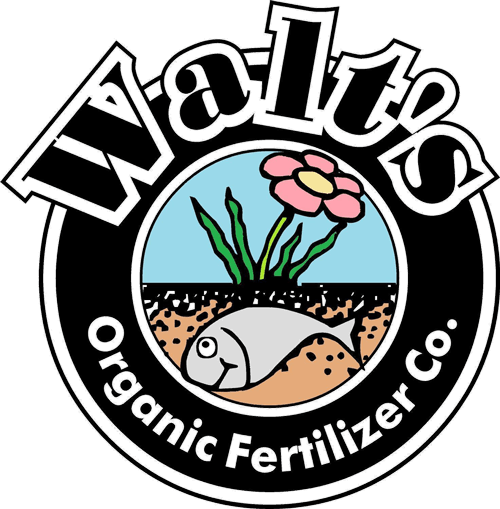
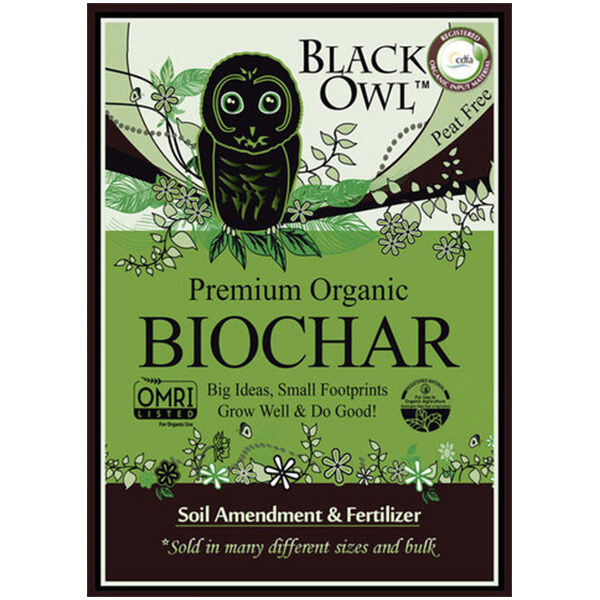

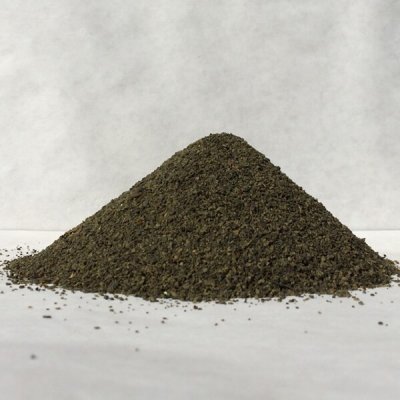
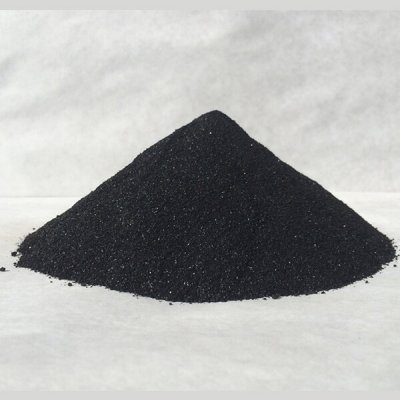
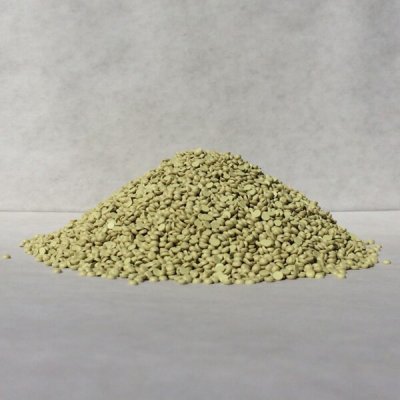
Reviews
There are no reviews yet.